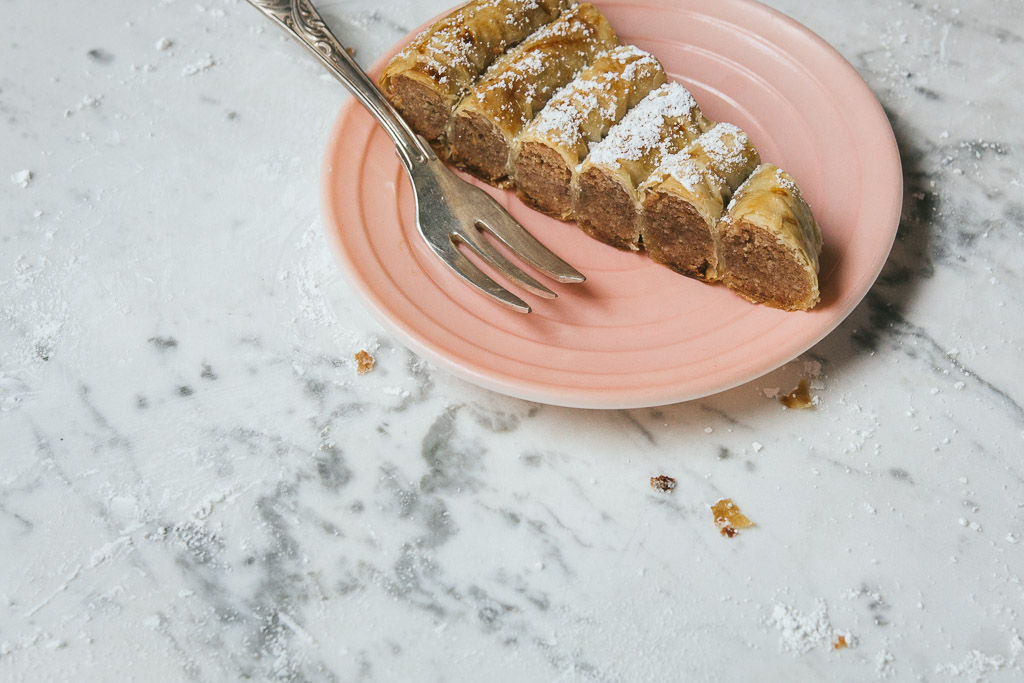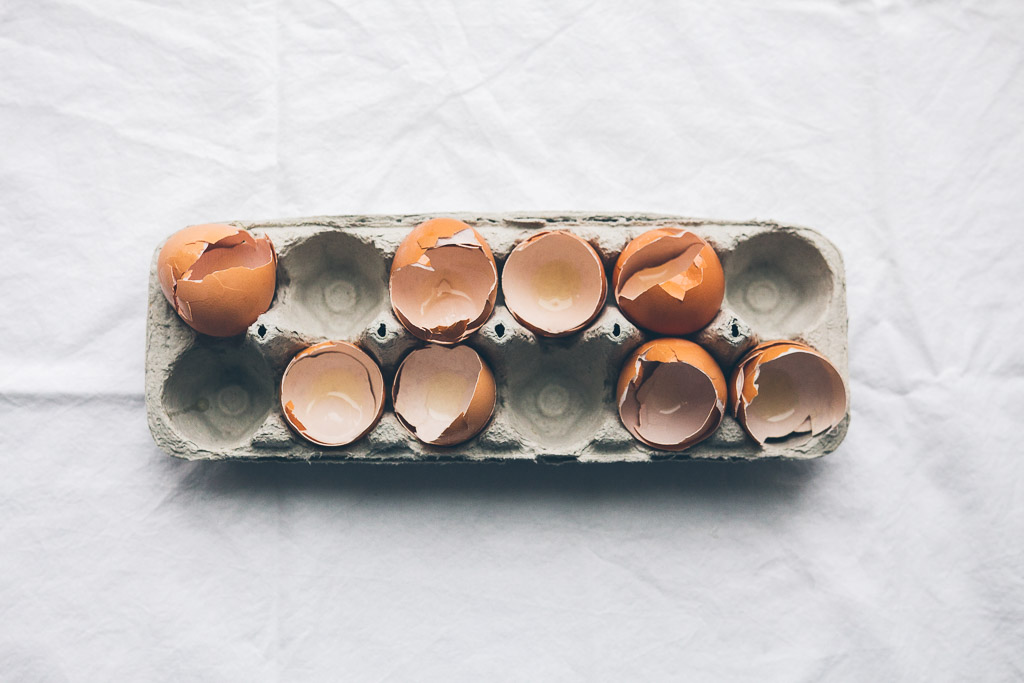We’re all moved into our new home. The whirlwind of the holidays and closing on the house and packing is behind us. I continue to explore the neighborhood: I know which butcher and grocery store I like. The best route for walking to the park. Where the post office is.
I expected moving to a new neighborhood would bring a lot of change. The piece I hadn’t foreseen was how adrift I would feel without all the small rituals that anchored my days. My afternoons at the coffee shop where I was greeted with a smile and where I knew all the baristas' names. The public library just a stone’s throw from my house. The running trail I knew like the back of my hand. Chats with my neighbor out the kitchen window.
And though we’re still in Seattle, we’re no longer just a ten minute drive away from most of our friends. Less able to meet up for a spontaneous cocktail or after-work walk.
The good news is I’m finding new rituals and making new friends. That’s where this cake comes in.
It's made of layers of phyllo dough wrapped around an almond filling infused with orange water and honey. It’s flaky and nutty and just the right amount sweet. This is my kind of dessert. Once I had baked it though, I realized it was definitely too much for Beau and I to finish on our own. So I took it to my photography class.
There’s something about sharing food that makes people open up just a little bit more than they otherwise would. As we sat around the table before class eating sticky slices of cake, people talked about their work and their partners and their interests for the first time. We laughed and shared photography tips and commiserated over our darkroom blunders.
I’m not going to chalk it all up to the m’hanncha. But I am going to say it helped. And I’m officially counting Thursday Night Photography Class among my new rituals. There will very likely be more cake.
M'hanncha (Moroccan Almond and Orange Blossom Phyllo Pastry)
- 4 oz. (8 tablespoons) butter, melted, plus additional for brushing phyllo
- 4 oz. (1 c.) blanched slivered almonds
- 4 oz. (2/3 c.) granulated sugar
- 11 oz. (2 3/4 c.) almond meal
- 2 oz. (1/2 c.) powdered sugar
- 1 egg, lightly beaten
- 1 1/2 tablespoons cinnamon
- 2 tablespoons orange flower water, divided
- 6-8 sheets phyllo dough
- 1 egg yolk, lightly beaten with 1 teaspoon water
- ¼ cup mild-flavored honey
*Notes: If you can’t find almond meal, make your own. Place whole, sliced or slivered blanched almonds in the bowl of a food processor or blender and process until they form a fine meal. You will be able to get a finer meal in the blender. Adding a tablespoon or two of sugar will help keep the almonds from turning to almond butter. If you add the sugar while making almond meal, be sure to subtract it from the amount in the recipe.
- This pastry is also delicious with pistachios. When I make it with pistachios I reduce the amount of cinnamon and add a pinch of ground cardamom.
Preheat the oven to 375F.
Heat 1 tablespoon of the melted butter in a medium sauté pan over medium heat. Add the blanched almonds and cook until light golden brown, about 3-4 minutes. Transfer to a plate to cool.
When cool, place the browned almonds in a food processor with the granulated sugar and process until the mixture resembles fine breadcrumbs.
Add the almond meal, powdered, sugar, the rest of the butter, the whole egg, cinnamon and 1 tablespoon of the orange flower water to the food processor with the almond and sugar mixture. Process until the mixture is homogenous, stopping to scrape down the bowl as necessary.
Unroll the phyllo dough and place it on a large work surface. Cover the phyllo with plastic wrap and then a barely damp towel to keep it from drying out. Remove one sheet of the phyllo and place it on your work surface, with a long side closest to you. Brush the phyllo with melted butter. You want it lightly and evenly buttered (not dripping with butter).
Take a golf ball sized piece of dough and roll it into a log about ½ -inch in diameter. Place the roll of filling on the buttered phyllo, about 1/2 inch from the edge in front of you. Continue to form rolls of the almond paste and place them end to end, gently pressing them together, until you have a log of filling that extends across the long side of the phyllo sheet.
Gently roll the phyllo sheet around the log of filling. Brush the top and sides lightly with melted butter to keep the phyllo roll flexible. Coil the first roll around itself in the center of a parchment-lined sheet pan.
Continue rolling logs of filling in the buttered phyllo and placing them end to end to form a tight coil until you have used up all of the paste. Brush the top of the pastry with the egg yolk and water mixture. Bake until crisp and golden brown (about 30 minutes).
In a small saucepan heat the honey to loosen it slightly. Add the remaining 1 tablespoon orange flower water and stir to combine. Pour the honey mixture over the warm pastry.
Cool slightly and dust with powdered sugar. Slice into wedges and serve warm or at room temperature.
Makes 8-10 servings.























